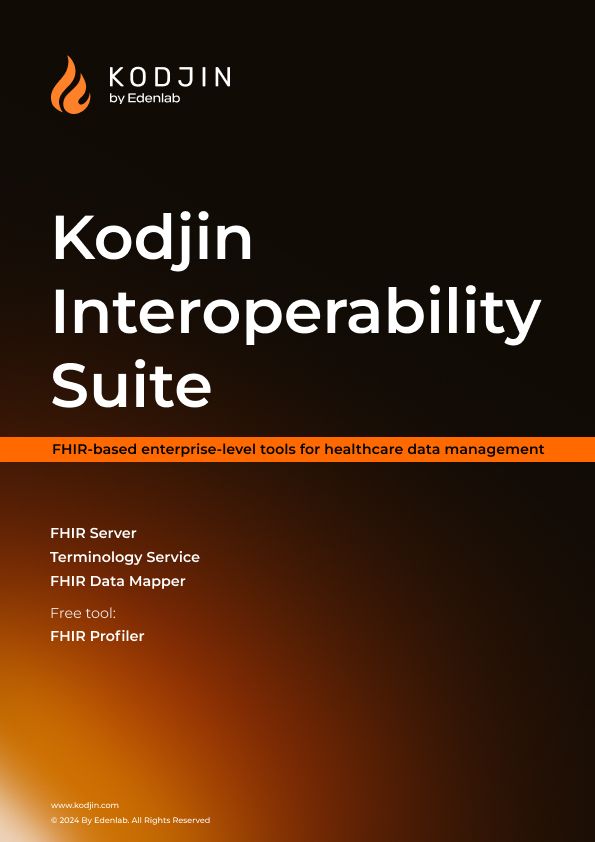In an era where healthcare data is more voluminous and varied than ever, the question of how to efficiently process this information is paramount. Two prominent approaches in the industry are batch processing and stream processing. Each has its merits and challenges, particularly when applied in healthcare settings.
This article explores the key differences between stream and batch processing and how these two methods work in the context of healthcare projects.
What Is Batch Processing in Healthcare?
Batch processing is a method where data is collected over a specified period and then processed in bulk.
Batch processing can be traced back to the early days of computing, where it was developed to automate repetitive tasks, such as business processes and office automation. In today’s context, batch processing is not limited to traditional tasks like payroll runs. It is equally relevant for assembling, moving, and ingesting data collections within modern data pipelines, especially in cloud environments. To help you understand which would be better for your project, batch or streaming, let’s examine the pros and cons of each.
Advantages
- Cost-Effective: Typically requires less computing power than real-time methods.
- Simplicity: Easier to implement and manage due to the lack of real-time requirements.
- High Throughput: Large datasets can be processed efficiently, ideal for Electronic Health Records (EHRs) and claims data.
Challenges
- Latency: Real-time analysis is not possible, leading to potential delays in decision-making.
- Resource Intensive: Large batches can consume considerable resources, impacting other system functions.
What Is Stream Processing in Healthcare?
Stream processing involves analyzing data in real-time as it flows into the system. Stream processing emerged in the early 21st century to cater to the real-time data processing needs of sectors like finance and telecom. With batch vs. stream processing, the former waits for data accumulation while stream processing handles data as it comes in, offering real-time insights.
Advantages
- Real-Time Insights: Enables immediate action, such as alerting systems for critical patient conditions.
- Scalability: Designed to handle large volumes of data in real time, making it more adaptable.
- Data Enrichment: Can enrich data streams by correlating them with historical data.
Challenges
- Complexity: Requires more sophisticated infrastructure and algorithms.
- Cost: Generally more expensive due to real-time computing requirements.
- Lossy Nature: Data not processed in real-time bounds is potentially lost.
- No Rollbacks: Troubleshooting failures can be complex due to the ephemeral nature of data.
Addressing the Challenges
- Data Quality and Consistency: Techniques like stateful processing and exactly-once semantics can be used to ensure data accuracy and consistency.
- Late or Out-of-Order Data: Features like event time processing and watermarking can help with out-of-sequence data. These features allow the system to understand the “event time” and make intelligent decisions accordingly.
- Performance Tuning: Adaptive query processing techniques can help in auto-tuning the performance of the streaming queries. Techniques like sharding can distribute the data more evenly, optimizing resource usage.
- Security Concerns: On the security front, robust mechanisms such as Role-Based Access Control (RBAC), encryption-at-rest, and in-transit can further tighten security measures.
Difference Between Batch Processing and Stream Processing
Let’s examine the key differences between these two methods in more detail.

Batch Processing in Healthcare
Advantages
- Simplicity: Easier to implement and manage.
- Cost-Effectiveness: Utilizes resources efficiently, especially during off-peak hours.
- Deeper Analysis: Ideal for complex computations over large datasets.
- Lossless: No time bounds for data loss, offering greater resilience.
Challenges
- Latency: Inherent delays in data processing.
- Peak Loads: Resource-intensive during batch windows, potentially affecting system performance.
Stream Processing in Healthcare
Advantages
- Real-Time Insights: Immediate analysis for critical decision-making.
- Uniform Loads: More predictable resource utilization compared to batch processing.
- Concurrency: Can handle data from multiple sources simultaneously.
Challenges
- Complexity: Requires advanced infrastructure and development skills.
- Lossy Nature: Data not processed in real-time bounds is potentially lost.
- No Rollbacks: Troubleshooting failures can be complex due to the ephemeral nature of data.
Batch Processing vs. Stream Processing Comparison

Batch or Stream Processing for ETL
In modern data architectures, batch and stream processing ETL are often used in conjunction to handle different types of data and use cases. For instance, a company might use stream processing for real-time monitoring of their systems and batch processing for daily or weekly analytical reports.
Batch processing involves collecting data over some time and then processing it all at once. This is the traditional form of ETL, while stream processing involves processing data in real-time as it’s generated or received.
Choosing Between Batch vs. Stream Processing
The choice between batch and stream processing for ETL depends on:
- Data Volume: How much data needs to be processed?
- Latency Requirements: How fast does the data need to be processed and available?
- Complexity of Data Transformations: What kind of transformations are required?
- Resource Availability: What computational resources are available?
Understanding the specific requirements of your business and the nature of your data will guide you in choosing the most appropriate ETL approach. Stream processing might be more relevant for real-time data exchange and immediate analysis, while batch processing could be used for less time-sensitive data aggregation and reporting tasks.
We’ve implemented stream and batch processing for ETL in our projects. Stream processing was used in deploying an FHIR solution with a custom clinical data mapper, which allowed us to pull data from an EHR system and transform it via a customized data mapper for FHIR compliance. A more traditional batch processing ETL was utilized in our project with Zoadigm when building an FHIR semantic layer analysis platform; this allowed us to efficiently transform large volumes of data for further analysis.
Use Cases in Healthcare
- Batch Processing: Ideal for analytical tasks that are not time-sensitive, such as billing, generating monthly reports, and large-scale data migrations.
- Stream Processing: Best suited for real-time monitoring systems, telemedicine, IoMT in healthcare devices, and FHIR Facade.
One Size Doesn’t Fit All
In some scenarios, it’s not about batch processing vs. stream processing. Healthcare organizations can employ a hybrid approach using both methods. For instance, real-time patient monitoring can leverage stream processing, while batch processing can be reserved for tasks like monthly billing and long-term analyses.
Critical Questions for Decision-Making
- Is real-time processing essential?: If not, batch processing may suffice.
- Is data loss critical?: Batch processing offers more resilience against data loss.
- Do you have concurrent data sources?: If yes, stream processing may be more suitable.
- Is your data unpredictable?: Stream processing excels in handling extraordinary data needs.
Conclusion
Choosing between batch processing and stream processing is not a one-size-fits-all decision. The ideal approach depends on the specific healthcare application, whether managing large repositories of historical data or real-time patient monitoring. Decision-makers in healthcare must weigh the technical implications against organizational needs to arrive at the most appropriate solution.






